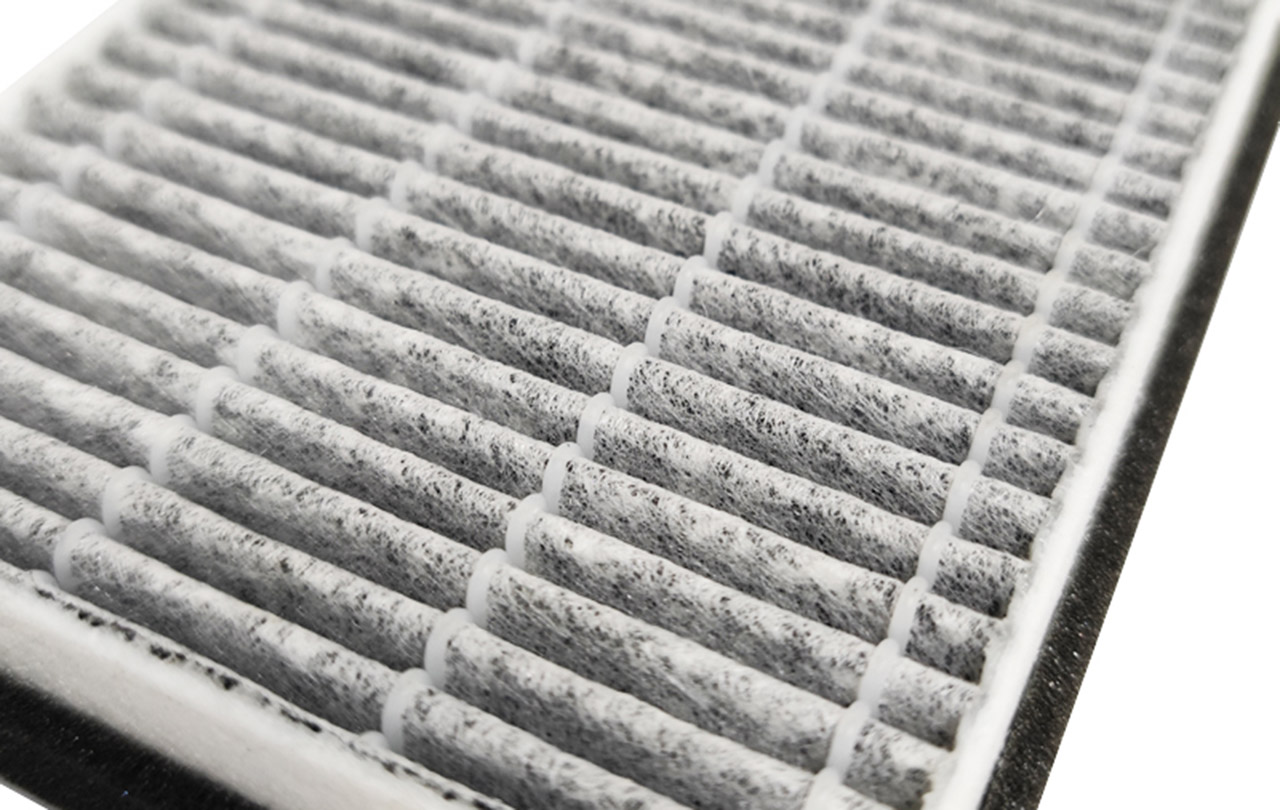01
Analysis of the Main Revisions of the 2022 Version of the National Standard for <Air Purifiers>
2023-12-25 16:12:45
The national standard GB/T 18801-2022 <Air Purifier> was released on Oc. 12, 2022, and will be implemented on May 1, 2023, replacing GB/T 18801-2015 <Air Purifier>. The release of the new national standard puts forward higher requirements for the quality of air purifiers, and also plays an important role in the development of the air purification industry and the standardization of related enterprises’ production. The following will analyze the changes between the old and new national standards to help you quickly understand the main revisions of the new national standards.
The national standard GB/T 18801-2022 <Air Purifier> was released on Oc. 12, 2022, and will be implemented on May 1, 2023, replacing GB/T 18801-2015 <Air Purifier>. The release of the new national standard puts forward higher requirements for the quality of air purifiers, and also plays an important role in the development of the air purification industry and the standardization of related enterprises’ production. The following will analyze the changes between the old and new national standards to help you quickly understand the main revisions of the new national standards.
Expansion of the scope of target pollutants
The target pollutants have been changed from the 2015 version of "specific air pollutants with clear composition, mainly divided into three categories: particulate matter, gaseous pollutants and microorganisms" to the 2022 version of "specific air pollutants with clear composition, mainly divided into particulate matter, gaseous pollutants, microorganisms, allergens and odors".
Correlation indicators of particulate matter and gaseous pollutants
Although clean air delivery rate (CADR) and cumulative purification volume (CCM) are important indicators to judge product performance, there is no correlation between the requirements of them. As a result, some companies' products excessively pursue high initial CADR values, but their lifespans are relatively short, misleading consumers. The new national standard increases the correlation between the CADR values of particulate matter and gaseous pollutants and the CCM values. The use of correlation indicators instead of the CCM interval binning evaluation method and the determination of the minimum limit of CCM according to the size of the CADR will play a better role in regulating the air purifier market
Evaluation method of virus removal rate
Due to the particularity of the virus, the natural extinction rate of the virus and the purification process cannot be described by the dynamic equilibrium equation of pollutant concentration, so CADR cannot be used as the evaluation index of the virus purification ability of the air purifier. Therefore, for the purification ability of the virus, the standard also proposes an evaluation method for the 'removal rate'. At the same time, according to the standard requirements, if the air purifier clearly indicates that it has a virus removal function, the virus removal rate under the specified conditions should not be less than 99.9%.
The above is just a simple list of the three main revisions of the new national standard, which are basically in line with the current market status quo and guide the industry to develop steadily in a healthy direction.







